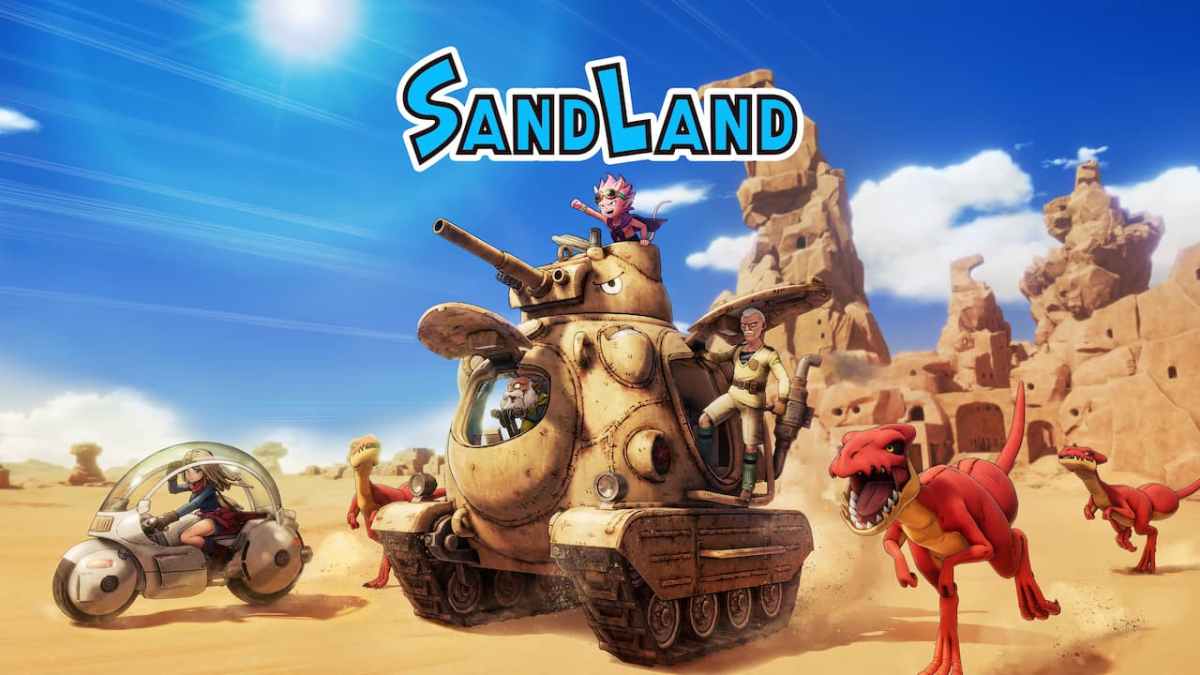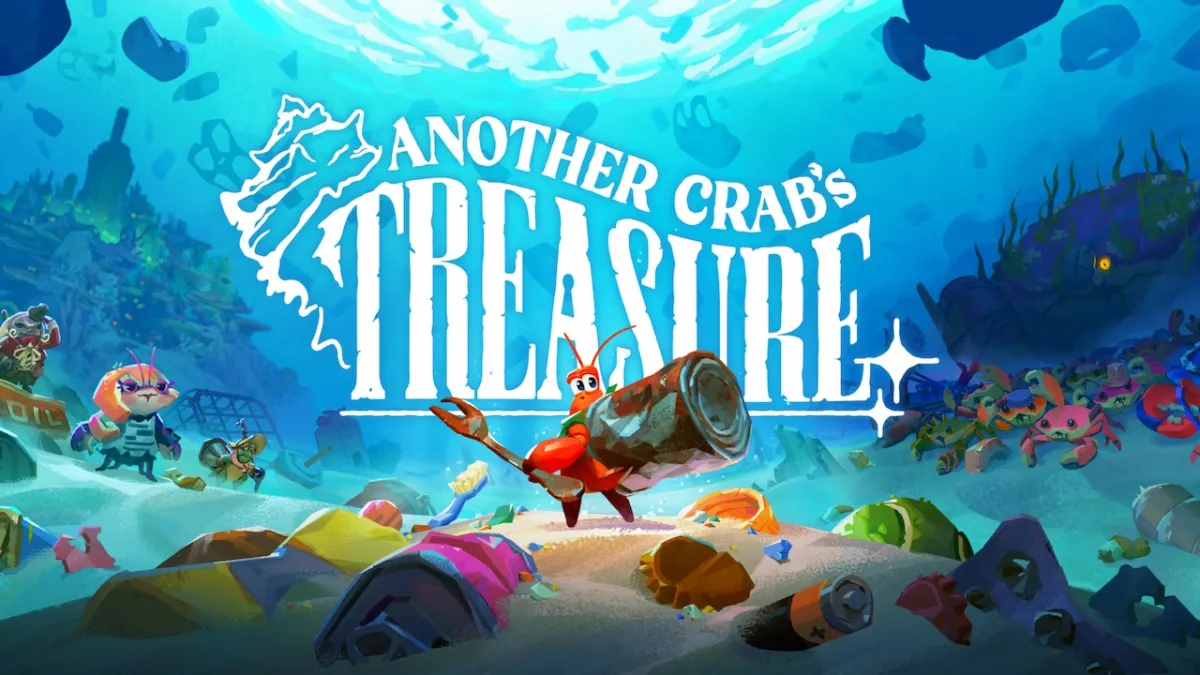Developer: CD Projekt RED
Publisher: WB Games (North America)
Platform: PC [Reviewed], Xbox One, PlayStation 4
Release Date: May 19, 2015
Price: $59.99
There is a sense of loss after finishing The Witcher 3: Wild Hunt’s long storyline, like the feeling after the last reveler leaves the party. The high is over, and while satisfied, now only the memory remains. There will be more in the future, but perhaps none will ever be as good.
And it’s been a long party. I’ve spent at least a hundred hours over the last few weeks in the shoes of the witcher, Geralt of Rivia, and none of those have felt wasted. Not one hour was spent feeling that I simply had to get through this to get to the next compelling experience. Every moment contributed to the whole, to a game alive with adventure, exploration, character and story.
It’s hard, if not impossible, to find a fitting comparison, so I will say only this: The Witcher 3 is a masterpiece.
Geralt the Witcher
Geralt of Rivia is a Witcher: a mutant trained for the purposes of hunting the myriad monsters that inhabit his world. We jump into his shoes long into his life story, and find him a man scarred by countless battles and numerous losses. He’s a man often of few words and little expression, but we find that his heart does warm to those close to him. When he hears his former ward, Ciri, is in danger, he sets out across the world to find her and fight the Wild Hunt that chases her.
The game’s main story is long, taking approximately 50-hours to complete if one ignores the game’s many and fantastic side-quests. Intrigue, revenge, murder, sex, compassion and hilarity fill every one of these adventures, and none of them feel extraneous. Many of them also offer choices that affect the fate of various characters, or the realms at large. There are no fewer than 36 endings to discover, and countless different world-states, encouraging picking up from the start all over again.
The game conveniently divides quests into two categories: Primary and Secondary. Primary Quests represent the wonderful core story of the game, putting Geralt on the tracks of Ciri and in opposition to the Wild Hunt. The Secondary Quests are optional, although most of them are a full narrative experience and intricately constructed. At times, it’s amazing that the developers would make these quests optional, given the extraordinary amount of work that has clearly gone into them. As an example, one such quest sees Geralt chase down a big-city serial killer, involving witness interrogation, crime scene investigation, and even forensic pathology. A handful of new, fully realized characters join Geralt on the hunt.
In addition to these, the quest log also includes Witcher Contracts and Treasure Hunts, which task Geralt with tracking and killing a local monster or finding far-flung treasure. While these are more formulaic, they still go well beyond many RPG kill-quests, typically involve lots of voice-over work, and offer uniquely varied areas.
It’s hard, if not impossible, to find a fitting comparison, so I will say only this: The Witcher 3 is a masterpiece.
And while the story and the quests are fantastic, Geralt, and the characters around him, are the true centerpiece. The game’s literary origins are quickly clear from the very first scene. The characters are people you want to know, their dialogue expertly scripted and excellently voice-acted, while beautiful animations bring them to life. Humor and pathos, and every emotion in-between, bring a reality to a world full of magic and monsters.
You can feel Geralt’s pain when he thinks Ciri is dead, and it’s hard not to laugh when one of Geralt’s witcher friends impersonates their elderly teacher. This is not only because of the strength of the acting, but also because the game builds these characters, creating a connection between them and the player that so many games fail to do. Perhaps this explains some of the sense of loss. Upon completing the game, like finishing a good book, it feels in some ways like saying goodbye to old friends.
The Warrior with Two Swords
The Witcher 3 does not only excel at character and story, however. It’s a game also built on strong mechanical foundations. Geralt carries two swords: a steel one for humans and a silver one for monsters. And he uses them often.
Combat is both thrilling and surprisingly deep. Geralt can perform two core types of attacks with his swords, a light and a strong attack, although you can unlock more. He can also dodge, roll, parry, or block incoming attacks, making defensive maneuvering as complex as it is necessary. In addition to these, Geralt can use five different spells, called signs. These provide such combat effects as creating a shield or spewing fire. A detailed alchemy system gives Geralt access to a large number of potions that can affect combat in dozens of different ways. Finally, bombs and crossbows can stun or kill enemies at a distance.
All of these options are important due to the game’s difficulty. The game is noticeably tough on its default settings, and ramps up considerably at higher tiers. Fortunately, Geralt has a bestiary that catalogues the game’s many (many) monsters, providing details on their strengths and weaknesses. Most monsters have their own skills and behavior, providing freshness to each new encounter.
For the most part, combat feels fluid and reactive, although the game’s finicky controls can sometimes lead Geralt to dodge in the wrong direction or roll off a cliff in the midst of combat. The controls can be a problem both in-and-out of the fight as Geralt seems to handle more like an old muscle-car than a modern Porsche. It’s sometimes difficult to get him to walk down the right path or simply climb a ladder. Targeting enemies or objects to interact with can become equally frustrating. More than once, I’ve had to try to open a chest from half-a-dozen different angles before it works.
Character advancement is straightforward but rewarding. Completing quests and killing monsters nets experience points toward level-ups. When you gain a level, you gain an ability point that can be used to power up attacks or spells, unlock new abilities, or otherwise enhance Geralt’s fighting prowess. There’s very little messing around with numbers, although gear is highly important. Fortunately, there’s lots of it to be discovered in old ruins, on the bodies of monsters, or to craft through The Witcher 3’s detailed crafting system.
A Vast, Gorgeous World
This is an open world game, in the true sense of the word. Few games come with a scale that matches the Witcher 3, which surpasses even Skyrim in both scope and beauty.
And it is a beautiful world. From the mountainous vistas of Skellige to the high towers and narrow streets of Novigrad, the world is rendered in stunning detail and definition. On high settings, sunsets fill the sky with purples and oranges. Spells crackle with fire, setting flickering shadows against the walls. Trees blow in the wind as a storm moves in, and clothing moistens as the rain comes.
The animations, and especially the facial expressions, are masterful, and the game uses them brilliantly, filling us in on a character’s emotions without having them say a word. It’s hard to think of another game as visually striking.
The sound, too, is excellent. From top-notch voice work to the songs of distant sirens, and extending to the soulful music that soars as you climb the peaks of Skellige, rarely has audio been as immersive. And it’s a good thing, too, because you’ll spend a lot of time running or riding your faithful steed across the colossal landscapes of the world.

At this point, it’s hard to find more synonyms for brilliant, but that is the right word for the open-world design of The Witcher 3. There’s two primary regions, each as large as many other open-world games, with a handful of smaller regions. Each is dotted with dozens of places of note, such as monster dens, ruins, caves, or hidden treasures. The vast majority of these are entirely optional, although naturally some quests will take you to them. In some ways, exploring these and finding their rewards is another tier of quest, although one your quest log doesn’t deign to include.
On high settings, sunsets fill the sky with purples and oranges. Spells crackle with fire, setting flickering shadows against the walls. Trees blow in the wind as a storm moves in, and clothing moistens as the rain comes.
The areas are also designed to feel real and provide a strong sense of exploration. These aren’t merely open fields, but landscapes cut by deep valleys and rivers, or dominated by high mountains crowned with ruined towers. The sea-floor too, forms part of the world, as Geralt can swim underwater to find its many treasures. And while quests help you explore parts of these worlds, there’s so much left untouched to find on your own. Sometimes one must explore uncharted territory to even find new quests. One romance option sits waiting for a worthy challenger atop a hill on a remote island in Skellige, while a foreign woman looks for her son in far-flung reaches of swampy Velen.
It’s no exaggeration to say that one could spend hundreds of hours in the world of The Witcher 3 without running out of things to do. Even after finishing the game, I expect I’ll go back.
A few bugs do mar the experience from time-to-time. Monsters may fall through the world, or NPCs may begin to unintentionally levitate. Geralt can occasionally get stuck in terrain, or fall halfway into the floor. Crashes sometimes occur on loading, and occasionally scripted scenes will simply fail to carry out. However, these are either inconsequential or can be fixed by loading the most recent autosave. I did not encounter any progression-ending debacles. For a game of this scale, having so few bugs is surprising, even if they do detract from the experience from time to time.
The Story’s End
Ultimately, The Witcher 3 is a game built upon the successes of many others in its genre. It doesn’t innovate in many areas, but it excels in all. Even its internal collectible card mini-game is a joy to play.
The Witcher 3 caps off the trilogy and forms the end of Geralt’s story. It’s a shame, too, because it does leave one wondering if another game of this quality will be seen for some time. And it may be a long time. It’s simply the best RPG in years.










